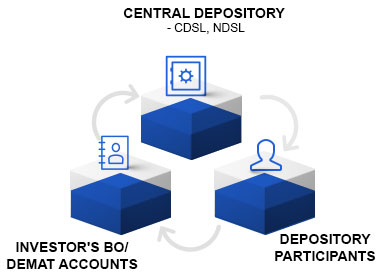Financial Accounting
What is Financial Accounting?
Financial Accounting is a specific branch in accounting where records of a company’s financial transactions are kept.

These transactions are summarised and presented in the form of a financial report or financial statement. Financial statements are also called an Income Statement or balance sheet.
Every company issues financial statements on a regular basis. These statements are also known as external statements since they are issued to people outside the company such as stock and shareholders. If the company is trading its stock publically, the financial reports will also reach competitors, customers, other labour organisations, investment analysts and employees.
Financial Statements in Financial Accounting
The following are common financial statements:
- Statement of Comprehensive Income
- Income Statement
- Balance Sheet
- Statement of Cash Flows
- Statement of Stockholders’ Equity
Talk to our investment specialist
Principle of Financial Accounting
The common rules of financial accounting are known as accounting standards and generally accepted accounting principles (GAAP). The Financial Accounting Standards Board (FASB) develops the accounting standards in the United States of America.
GAAP considers the cost principle. An economic entity, relevance, matching principle, full disclosure, conservatism and reliability.
Double Entry in Financial Accounting
The system of Double entry is at the heart of financial accounting. This is also known as bookkeeping. Every company records its financial transactions through this system. Double entry in its essence means that every financial transaction affects at least two accounts.
For instance, if a company takes a loan of Rs. 50,000 from the Bank, the company’s Cash account will record an increase and the Notes Payable account will also experience an increase. It also means that one account must have an amount entered as debit and one account must have an amount entered as a credit.
The major advantage of this system is that at any time the balance of a company’s asset account will be equal to the balance of its liability and stockholder’s equity accounts.
All efforts have been made to ensure the information provided here is accurate. However, no guarantees are made regarding correctness of data. Please verify with scheme information document before making any investment.












